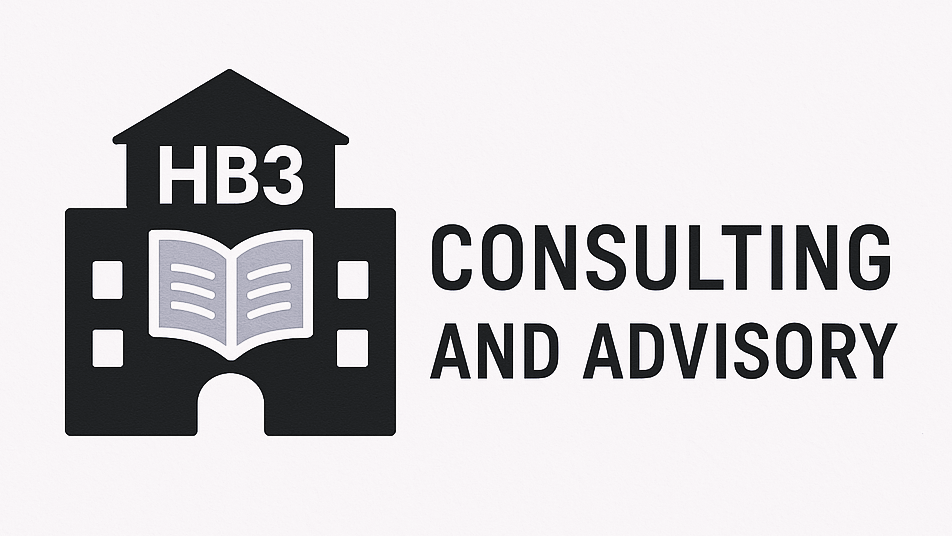“We’re Not [Insert State Here]”: Rethinking Policy Borrowing in Education
If you’ve ever worked in a state education agency, you’ve heard this line many time: “That’s great, but we’re not Missouri.”
Maybe it was Massachusetts. Or Kentucky. Or literally ANY state you happened to reference that day. It’s one of the most common and quietly limiting responses in education policy. I’ve heard it while running stakeholder engagement sessions in the Northeast, Midwest, Pacific Coast, and Mountain West. I’ve even tried to anticipate this statement by bringing in demographic comparisons of different states, but to no avail. It’s one of the few universal truths in the world of education policy: Every single state believes their context is so unique that comparisons to work in other states are instinctively rejected.
We’re quick to dismiss other states as being too different to learn from. And yet, in the same breath, we’ll celebrate Finland, Singapore, or Estonia as models we ought to spire to emulate. Apparently, we’re not Missouri, but we might be a short plane ride away from being Finland. This contradiction sits at the heart of how U.S. education systems think about improvement: we overvalue the foreign and undervalue the familiar.
The Borrowing Problem
In education research, this practice has a name: policy borrowing - adapting other jurisdictions’ ideas, frameworks, or reforms. As David Phillips and Kimberly Ochs (2003) noted, education systems often go through a predictable cycle:
Admiration of a high-performing system.
Selective borrowing of its visible elements.
Implementation challenges due to contextual mismatch.
Disillusionment when outcomes don’t replicate.
Finland is the most famous example. After its strong PISA results in the early 2000s, Finland became the darling of global education policy. Consultants and delegations flocked to Helsinki, all hoping to import the “Finnish miracle.” But Finland’s success wasn’t a miracle; it was a long-term cultural investment in teacher professionalism and social trust. Teachers there are recruited from the top academic quartile, paid well, and trained through fully subsidized master’s programs. The entire system assumes high-quality teachers as a given.
By contrast, the U.S. has spent two decades creating shortcuts into the profession: emergency licensure, fast-track alternative programs, and a patchwork of pay structures that barely compete with private-sector wages. The countries’ professional development systems look entirely different from each other, as do the expectations placed on teachers. You can’t transplant Finland’s outcomes onto America’s workforce conditions any more than you can graft an oak tree onto a cactus.
So why do we keep doing it? Partly, it’s psychological. There’s an “exotic savior” effect, a bias that assumes distant examples must be wiser or more advanced simply because they’re far away. It’s the same instinct that makes people think imported wine tastes better. It’s also political. Citing an international model feels safe. Nobody in your state is going to get offended if you say “Finland has a great teacher pipeline.” But say “Missouri has a great teacher pipeline,” and someone’s going to ask about your data, your motives, or your district’s union contract.
Finally, it’s narrative. Global success stories are easy to mythologize: “No standardized tests! Teachers as professionals! Children playing in forests!” Of course, there’s no discussion of the hard work that was required to make these changes, it is simply assumed that if we replicate any one feature of an international system, our results will be identical. Domestic examples are messier, as they include too many stakeholders and too many caveats. So we end up borrowing inspiration from places that are inspirational precisely because they’re incomparable.
That doesn’t mean we should ignore international models altogether. They can serve as distant targets - aspirational benchmarks that expand our sense of what’s possible. They should inform our direction, not dictate our design. If you’re building a teacher preparation system in the U.S., Finland might help you articulate your long-term north star: “What if teaching really were one of the most respected professions?” But if you’re looking for implementable lessons in the next five years, you’ll learn more from Nebraska than from Helsinki. Why? Systems that share governance structures, accountability models, and funding formulas are more transferable. You can actually learn from them.
Which brings us to a better question: not “Who’s doing it best?” but “Whose conditions are most like ours?”
Learning, Not Copying
Instead of asking whether a program “worked,” ask: Why did it work there, and would it work here? To support that shift, I’ve built a downloadable Policy Context Transferability Matrix (click to download): a simple tool for assessing whether an external model fits your local context. Use it when you’re reviewing other states’ innovations, reading policy reports, or designing your own reforms. The goal isn’t to discourage borrowing, but to help you borrow wisely.
When someone says, “We’re not Missouri,” they’re right. Every state’s system is unique, shaped by decades of politics, demography, and habit. That uniqueness is a reason for humility, which is something that most states tend to forget. Every jurisdiction, domestic or international, holds partial lessons that only make sense once filtered through local reality.
Maybe the better response is: “We’re not Missouri, but maybe Missouri already learned something we don’t have to learn the hard way.” Education policy shouldn’t be about replication. It should be about navigation: knowing where you are, what direction you’re heading, and what lessons from elsewhere can actually get you there.
